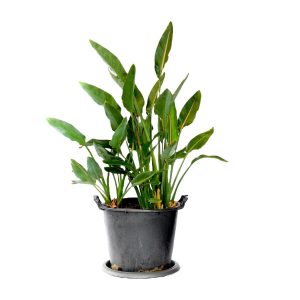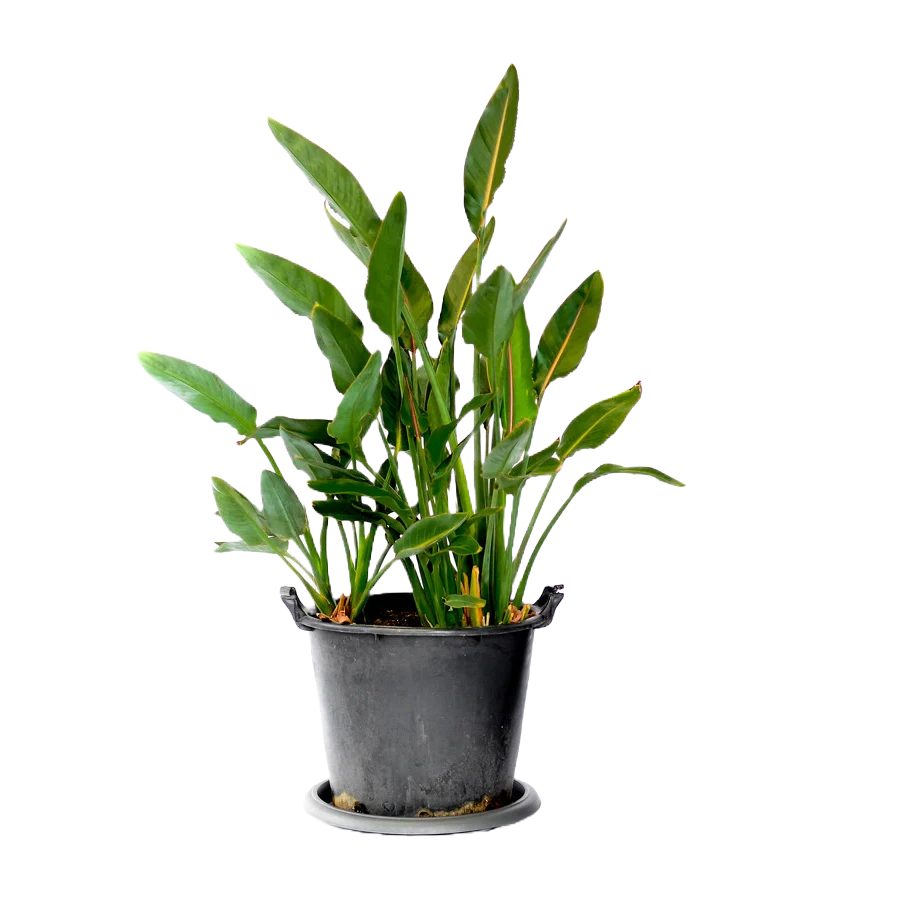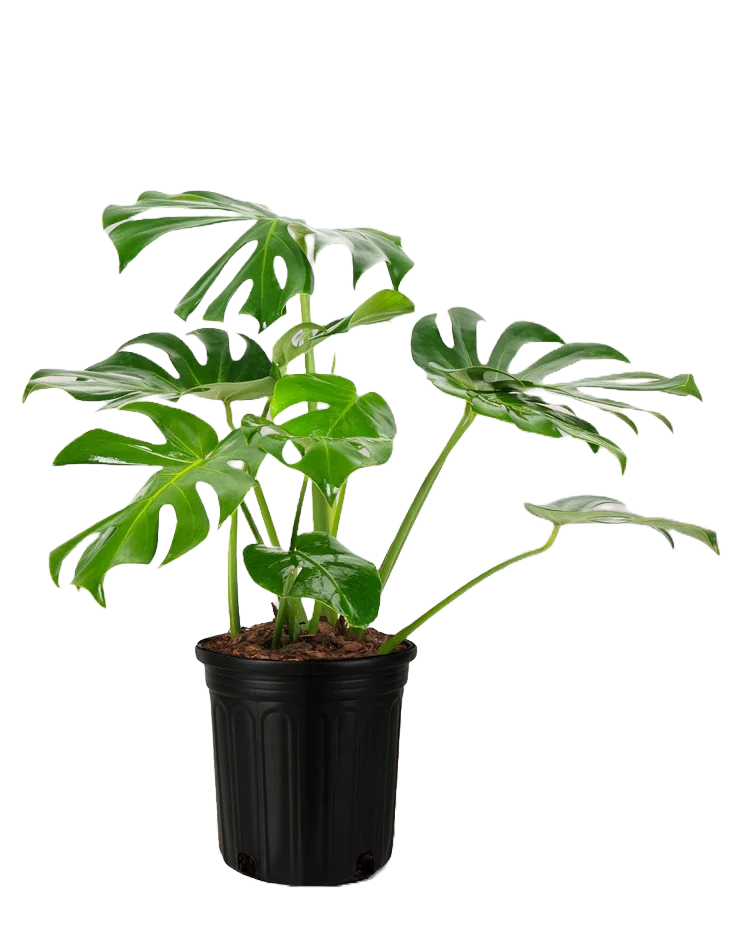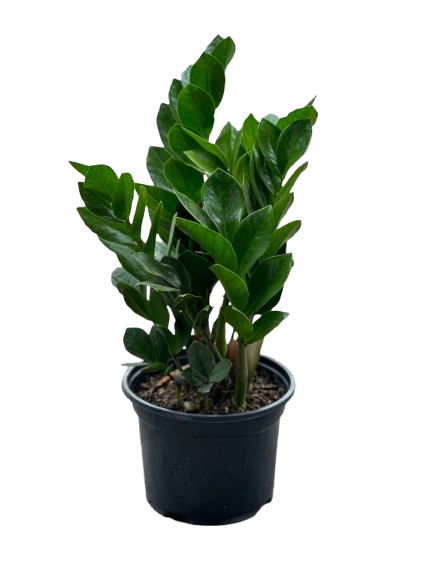The Variegated Kumquat is a stunning citrus plant known for its ornamental leaves marked with creamy-white variegation and small edible fruits. Loved for its compact size and fresh fragrance, it’s a great plant for home gardens, balconies, and kitchen patios. In Kenya, more homeowners are adding citrus plants for both beauty and fresh harvests. The Variegated Kumquat is especially popular because it is hardy, low-maintenance, and highly decorative.
Why Grow This Plant?
- Compact and perfect for small spaces, balconies, and patios.
- Produces sweet-tart edible fruits that can be eaten whole, including the peel.
- Beautiful variegated leaves add a tropical, elegant look to any garden.
- Fragrant white blossoms add a refreshing citrus aroma to outdoor or indoor spaces.
- Requires minimal care and adapts well to Kenya’s climate.
Cultural & Historical Significance
Kumquats originate from Asia, particularly China and Southeast Asia, where they symbolize prosperity, happiness, and good fortune. They are commonly used in festivals and gifting during Lunar New Year celebrations. In Mediterranean regions, kumquats are valued for marmalades and liqueurs. Today, the Variegated Kumquat is also prized in ornamental gardening worldwide due to its visually striking foliage.
Ideal Growing Conditions in Kenya
- Sunlight: Full sun (6–8 hours per day).
- Temperature: Thrives in 18°C–30°C, suitable for Nairobi, Kiambu, Kajiado, and coastal regions.
- Soil: Well-draining loamy or sandy soil enriched with organic compost.
- Watering: Moderate; water when the topsoil feels dry but avoid waterlogging.
- Position: Outdoors in pots or in garden beds with good airflow.
How to Plant It
- Choose a large pot or a ground spot with full sun exposure.
- Mix soil with compost or decomposed manure for nutrients.
- Gently remove the plant from its nursery bag without disturbing the roots.
- Place into the soil and backfill, pressing lightly to remove air pockets.
- Water deeply and continue watering when the soil top feels dry.
Care Tips
- Water consistently but avoid soggy soil.
- Apply citrus fertilizer every 6–8 weeks during the growing season.
- Prune lightly to maintain shape and encourage fuller growth.
- Place in full sun to maintain strong leaf variegation and fruiting.
Pests & Diseases
- Aphids and whiteflies: Treat with neem oil spray.
- Root rot: Caused by waterlogged soil—ensure good drainage.
- Leaf yellowing: Could be nutrient deficiency—apply balanced citrus feed.
Pet Safety
Safe when grown outdoors, but citrus fruit rinds may cause mild stomach upset if eaten in large quantities by cats or dogs. Keep dropped fruits picked up if you have curious pets.
Growing in Containers
Variegated Kumquat does exceptionally well in pots. Use a wide container with drainage holes and elevate slightly to prevent water retention. Place on sunny balconies, verandas, or patios where it receives full light and airflow.
Where to Buy This Plant in Kenya
You can buy healthy Variegated Kumquat plants and stylish pots at:
Final Thoughts
The Variegated Kumquat is both beautiful and practical—offering fresh citrus fruit, aromatic blossoms, and elegant patterned foliage. Whether you’re landscaping your compound or beautifying a balcony garden, this plant is an excellent choice for Kenyan homes.








